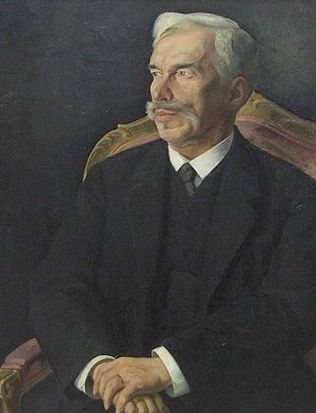The desire to collect art can easily develop into a compulsion. In the mind of a truly obsessive collector, the realm of art becomes as real as – perhaps more real than – the realm of his or her daily life. If such a collector should happen to be rich, the results can be spectacular. One house is soon filled with art, so another, larger house has to be bought (or built) to accommodate each new influx of purchases. Homes cease to be homes and become, instead, palaces of art, to accommodate the hoarder’s ever growing trove of beloved paintings, sculptures or other objects.
In many such cases, I suspect that what is really being created is not just a collection but an alternative world: a refuge from reality, consecrated to truth and beauty; a secret kingdom governed only by what the French poet Baudelaire once called – in an essay, aptly, on the consolations of art – luxe, calme et volupte. It is probably no coincidence that many of the greatest private art collections have been amassed by melancholic, disappointed individuals.
I was led to these reflections by a remarkable exhibition, in Paris this winter, of masterpieces of early modern art – all of them acquired, during the first decade of the twentieth century, by the Muscovite textile magnate Sergei Shchukin. The Shchukin Collection was eventually split up by Stalin, who decreed shortly after the Second World War that it should be divided between the Pushkin Museum in Moscow and the Hermitage in Leningrad. It has not been seen whole since the 1920s, when it was appropriated by the Russian state in the aftermath of the Revolution. Until now, it has remained relatively little known in the West. As a collection of great work by great artists...


